 Aerospace and Defense Actors
Aerospace and Defense ActorsScientific advances and technological change have improved much more than our ability to observe and predict weather patterns; they are important drivers of recent economic performance. The ability to create, distribute, and exploit knowledge has become a major source of competitive advantage, wealth creation, and improvements in the quality of everyday life.
November 5, 2018
The scientific understanding generated through contemporary research when combined with groundbreaking developments in instrumentation and computation lead to amazing solutions to everyday problems. However, scientific research is becoming more expensive and complex to accomplish. The efficacy of the study methodology fundamentally determines what observations are performed, how the information is analyzed, and what products are created.
However, these investments are imperative.
Fifty years ago, weather observations were made using in situ instruments or by direct observation using basic plotting methods. Observations were subjectively analyzed, and forecasts were based largely on the empirical skill of government forecasters. Fast forward to the present day, and weather forecasting is now a highly technical process that is based on big data and complex technologies.
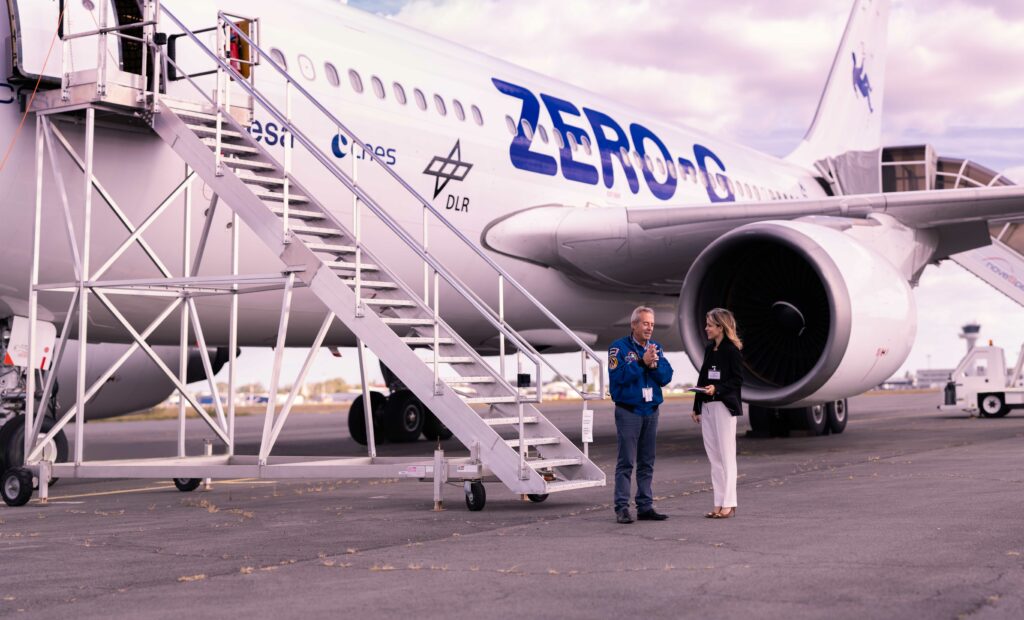
Scientific advances and technological change have improved much more than our ability to observe and predict weather patterns; they are important drivers of recent economic performance. The ability to create, distribute, and exploit knowledge has become a major source of competitive advantage, wealth creation, and improvements in the quality of everyday life.
For this interview, I was honored to meet a remarkable astronaut, Astronaut Jean-François Clervoy, an individual who knows better than anyone how technology can change lives.
Jean-François Clervoy is a French engineer, astronaut of the National Centre for Space Studies (CNES), then of the European Space Agency (ESA), and Chairman of NOVESPACE, a subsidiary of CNES. NOVESPACE is the owner-operator of the Airbus A310 ZERO-G, an aircraft that has been converted into a certified scientific research laboratory that specializes in producing weightlessness also called microgravity or zero-g for scientific research. All experimental protocols developed for studies in the Airbus A310 ZERO-G are approved by an ethics committee and filed with the health ministry when dealing with human physiology.
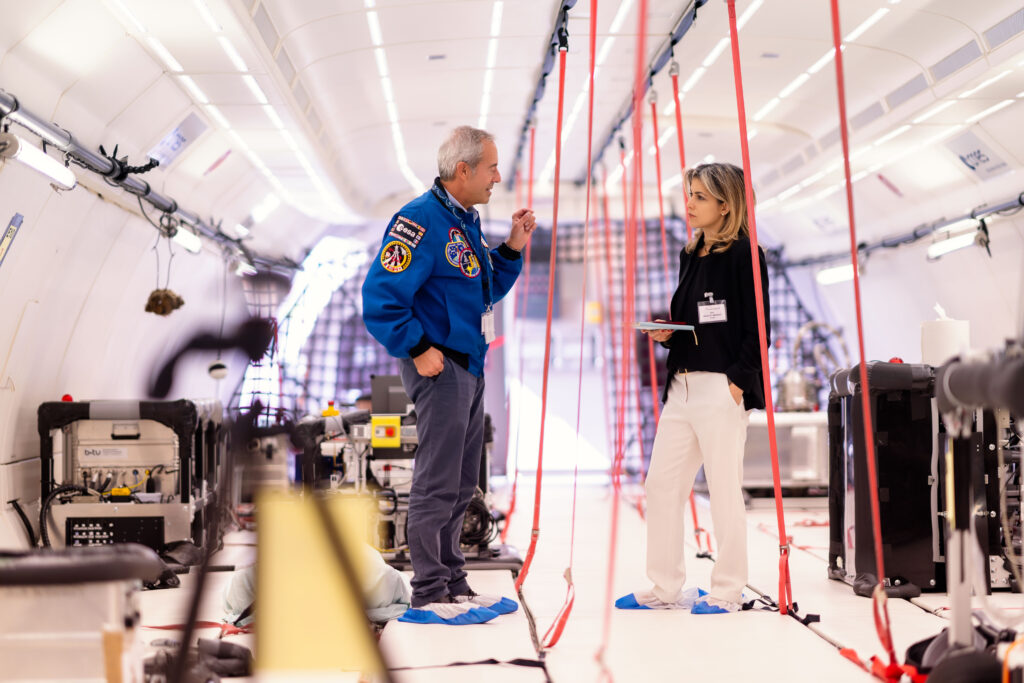
The work that is being performed on board the Airbus A310 ZERO-G has been possible through close collaboration with prominent institutions such as the CNES, ESA and the German Space Agency (DLR) The CNES is the French government space agency, an organization that is focused on developing industrial skills and funding research studies that aim to foster innovations that serve humanity. The ESA is Europe’s gateway to space. Its mission is to shape the development of Europe’s space capability and ensure that investment in space continues to deliver benefits to the citizens of Europe and the world.
Astronaut Jean-François Clervoy received us at Novespace located in Mérignac France. During the meeting, I not only met a successful astronaut. I had a valuable opportunity to gain insights from a man who is truly committed to work; a man who is passionate about the planet and humanity as a whole. He described how his dreams became a reality through the help of other professionals and highlighted how “willpower directly cancels out, reduces to zero the existence of the negative force called impossible.”
There are many ways to improve research. Astronaut Jean-François Clervoy has focused on developing a very specific environment; a "stationary" micro-g environment that can enable valuable studies to take place (almost) on the Earth without the need for researchers to travel into deep space. His solution takes the form of the A310 ZERO-G, a laboratory that reduces the effect of gravity by attenuation to almost zero as a means of allowing scholars and professionals to perform tests and experiments that aim to make a fundamental contribution to various domains of science.
The experiments conducted aboard the A310 ZERO-G are based on parabolic flights that provide a safe weightlessness environment in which numerous physics and life science concepts can be investigated. Fluid mechanics, biology, human physiology, combustion, and basic physics are among the most studied disciplines. Within just 22 seconds of parabolic flight, scientists can advance and conduct meaningful studies, and any professional of any specialty can benefit from the unique flying laboratory to advance the results of a given research field. In many cases, researchers can also use this opportunity to qualify theories before testing them in space. In this regard, humanity keeps advancing by generating better results in less time. The Airbus ZERO-G has achieved 100 successful flight campaigns of more than 90 parabola each, spanning more than 1100 experiments. Besides, let’s note that NOVESPACE decided on its own to compensate all greenhouses gazes emissions produced by these flights via contributions to sustainable development projects in developing countries.
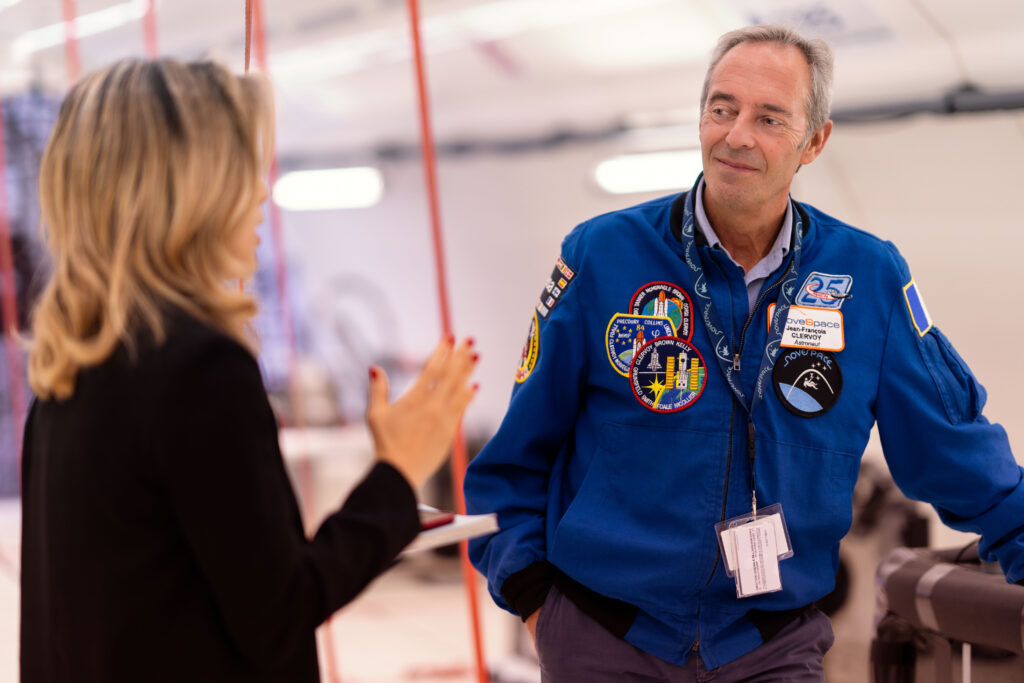
When I asked Astronaut Jean-François Clervoy what motivated him to become an astronaut and dedicate his life to the development and preservation of humanity, he answered with tears in his eyes:
How many people on the planet would like to live a special experience, develop a better understanding of the meaning of our existence, or contribute to the preservation of our planet? How many of us have tried to imagine what it would feel like to float in space like the astronauts? For most, this is nothing more than a dream.
The global landscape is rapidly changing showing magnificent colors and powerful features. But here and there it shows also emerging threats to its unique ecosystems allowing sustainable life. However, there are also many opportunities by which the private sector can become the catalyst for change by encouraging global collaborative efforts. The vast majority of us will not have a chance to go into space; however, we do have the capability to do more good for humanity right here on the ground.
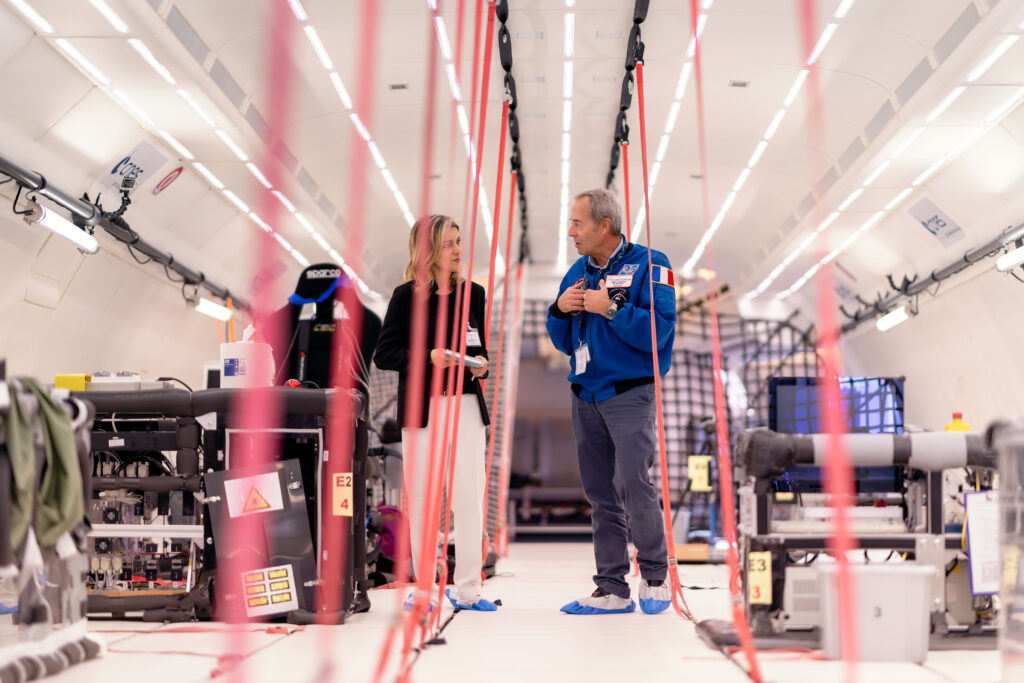
To keep the Zero-G plane maintenance and operation costs acceptable for the science research, NOVESPACE has established private flight programme that allows companies and individuals to buy tickets to experience weightlessness. All profit from these private flights are transferred to the financing of research flights. One prominent example of this was a scene of the film The Mummy, when the reality of a plane loss of control was captured by filming the scene in the A310 ZERO-G.
The ZERO G is committed to diversity and inclusion within its workforce and seeks professionals who are passionate about their work, determined to achieve results for the good of others, and committed, through scientific research, to make humans more knowledgeable and therefore wiser, leading to a better sense of how to make life on Earth more sustainable.. Above all else, its work aims to nullify all the negative forces that are discouraging, disparaging, and diminishing our chances of continuing this beautiful trip aboard the magnificent spaceship Earth.
Cheers!
Ana Paula Araujo Mendes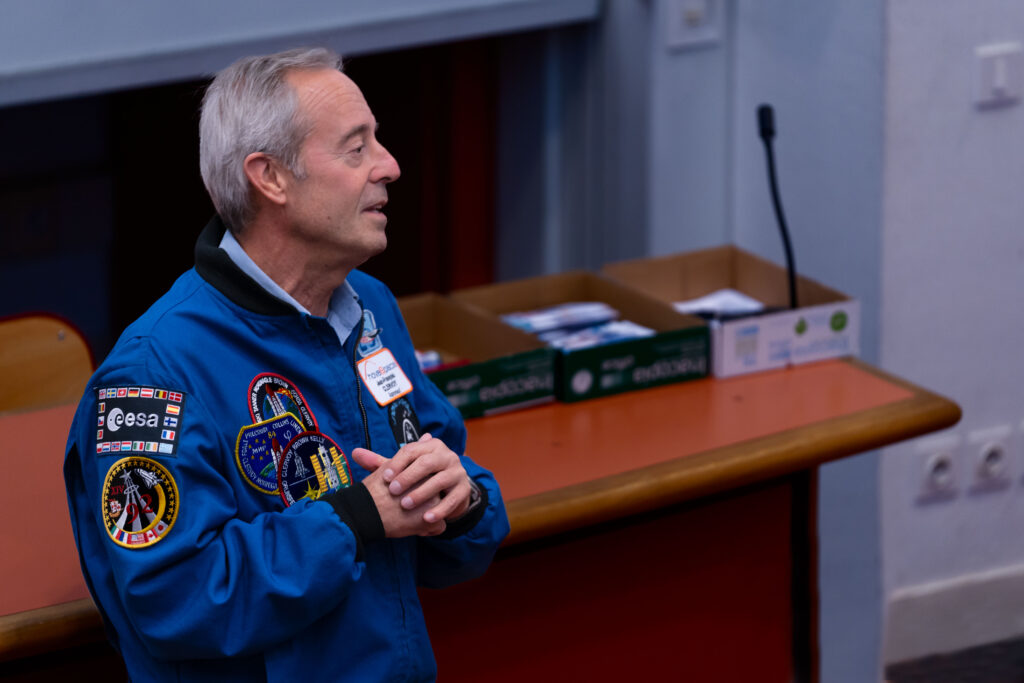
Astronaut Jean-François Clervoy
Mr. Clervoy is a member of ESA’s European Astronaut Corps, based at the European Astronaut Centre in Cologne, Germany. As part of his ESA collateral duties, Clervoy provides support to the human spaceflight programme, the external relations department and the sustainable development office. Since 2013 Clervoy chairs the jury of the “space for Sustainability” award. He is also Chairman and strategy manager of NOVESPACE. a subsidiary of French space agency CNES in charge of the parabolic flight programme on board of the airbus A310 Zero-G based in Bordeaux-Mérignac, France.
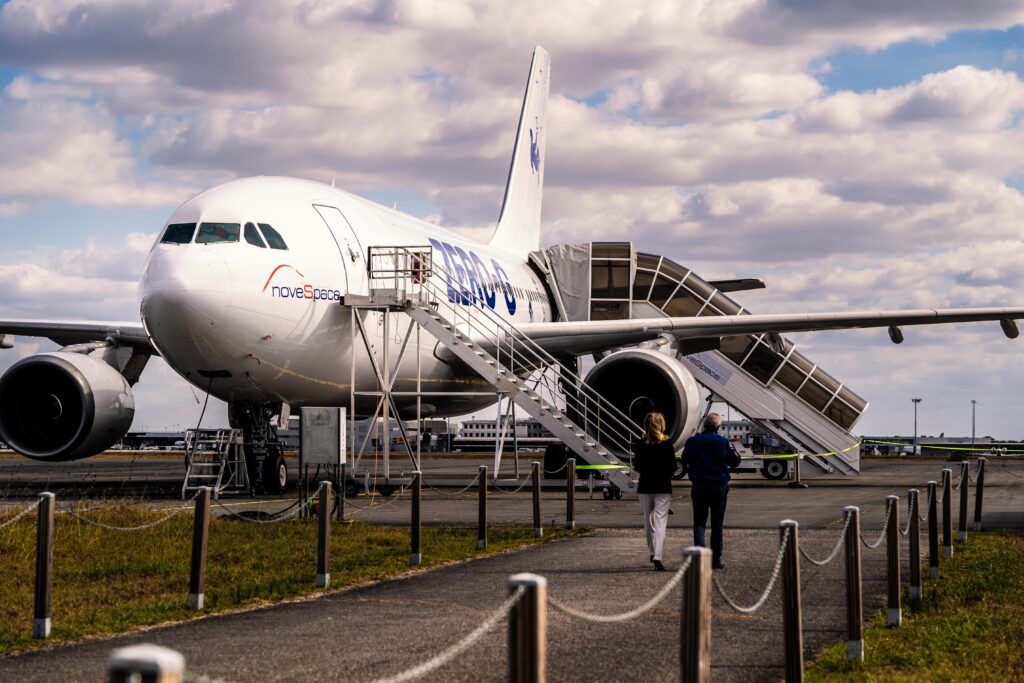
Three NASA Space Flight Medals, two NASA Exceptional Service Medals.
Medal of Aeronautics. Officier de l' ordre national de la Légion d' honneur. Chevalier de l' ordre national du Mérite ; Komarov and Koroliev Awards from the Fédération Aéronautique Internationale.
Grand Prix (Chabot-Didon) of the National Academy of Metz.
Publication
Jean-François Clervoy is author of the book « Histoire(s) d’Espace » (Ed. Jacob-Duvernet) telling his third space mission to repair the Hubble space telescope.
He is also co-author of « Voler en apesanteur” et “Embarquer dès demain pour l’espace » (Ed.Vuibert), “Dans les bars des bouts du monde » andt « La Diva, le Président et autres face-à-face » (Ed. L’Elocoquent), « Vox confidential » (Ed. Michel Lafon), « Histoire de la conquête spatiale » (Ed, Vuibert)
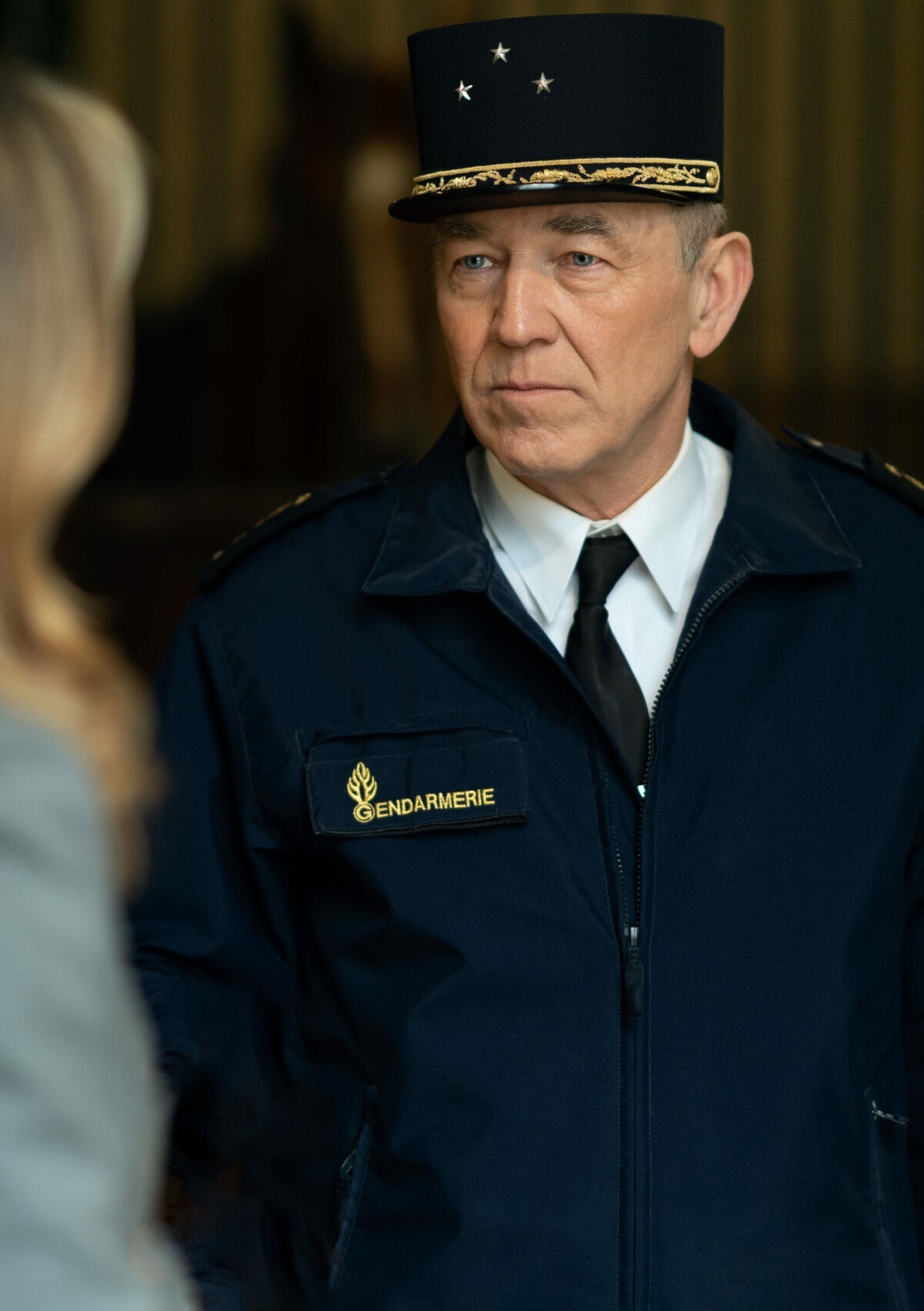
Aerospace and Defense Actors
General Damien STRIEBIG: Information Management - How Do You Prepare a Major unit for the Unpredictable

Aerospace and Defense Actors
Virginie Guyot - Fighter Pilot: True Leaders Inspire a Shared Purpose

Aerospace and Defense Actors
Dominique Trinquet - The Driving Forces of Private Aviation
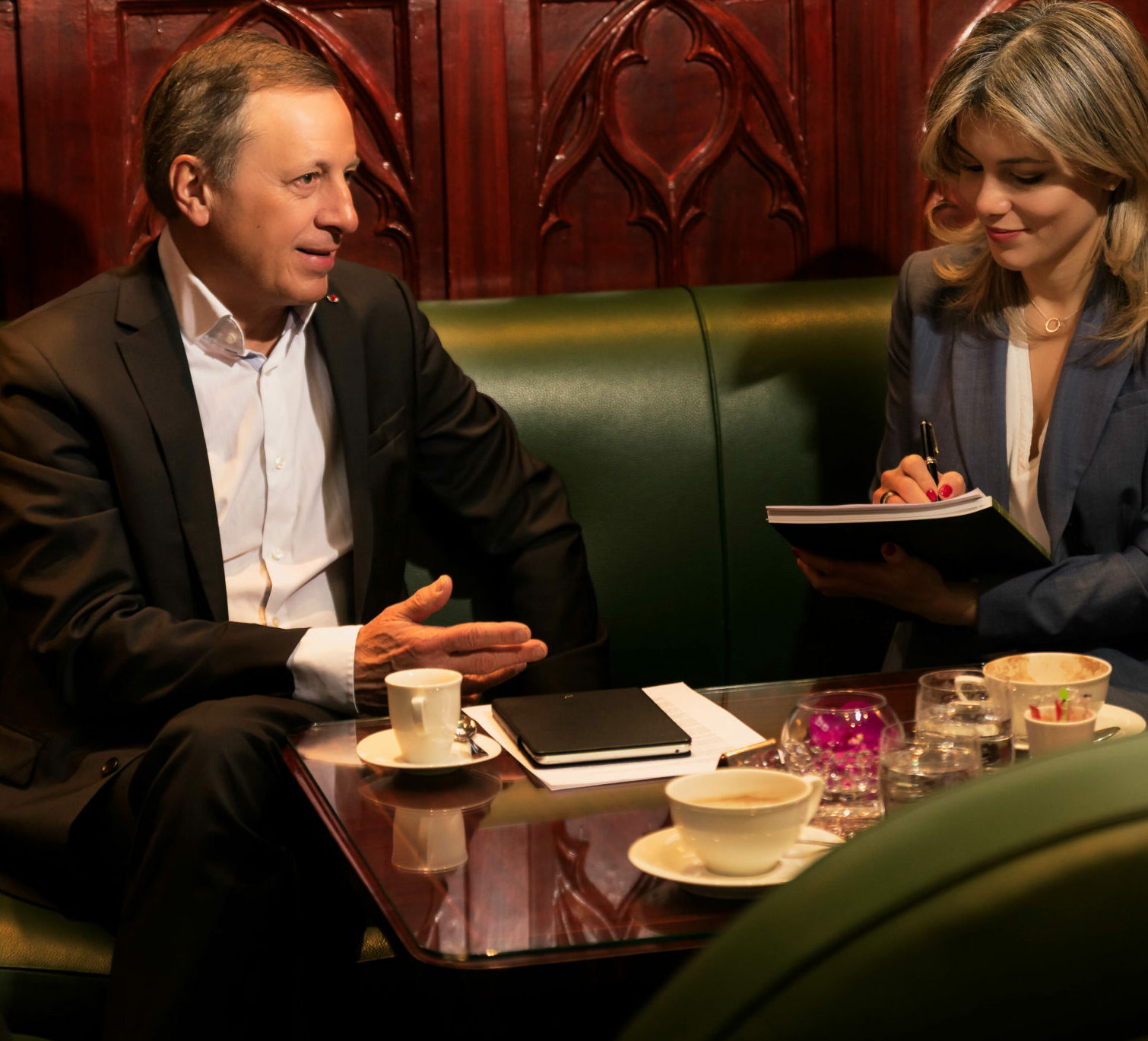
Aerospace and Defense Actors
Michel Tognini: The Astronaut Secret. Strategy, Communication, and Time Management Are Key

Aerospace and Defense Actors
Jacques Rougerie - Driving Innovation and Solutions to Global Crises
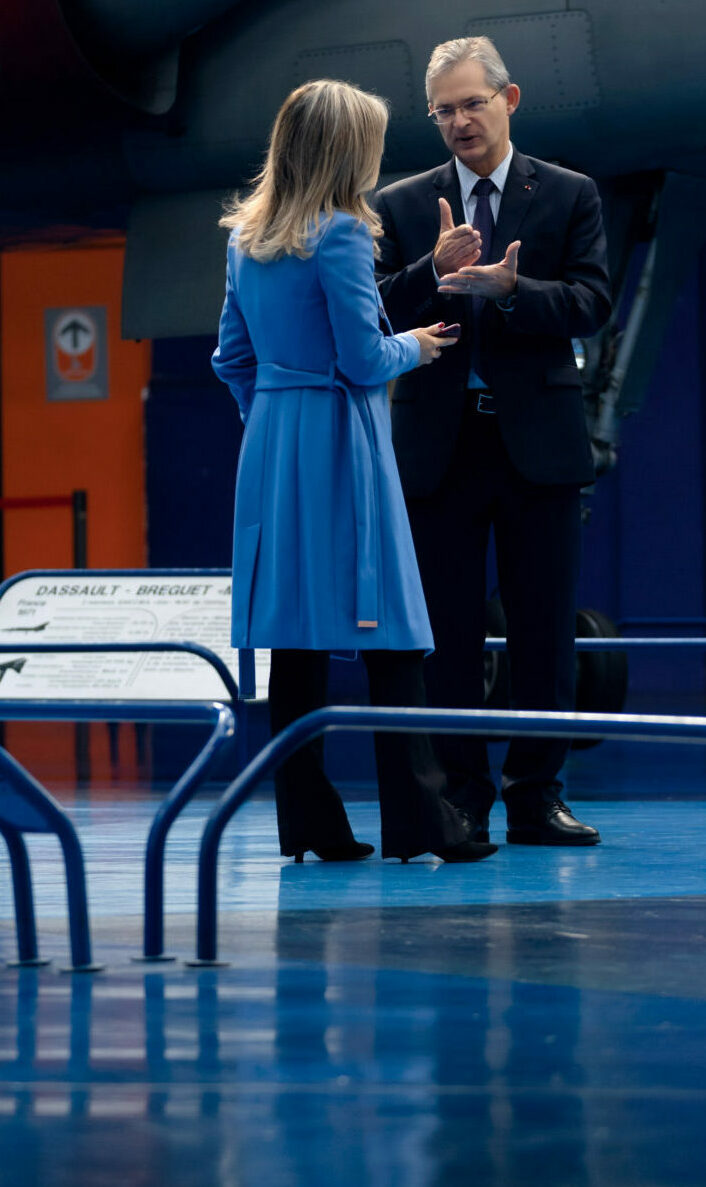
Aerospace and Defense Actors
General Denis MERCIER: Who is our enemy in reality?
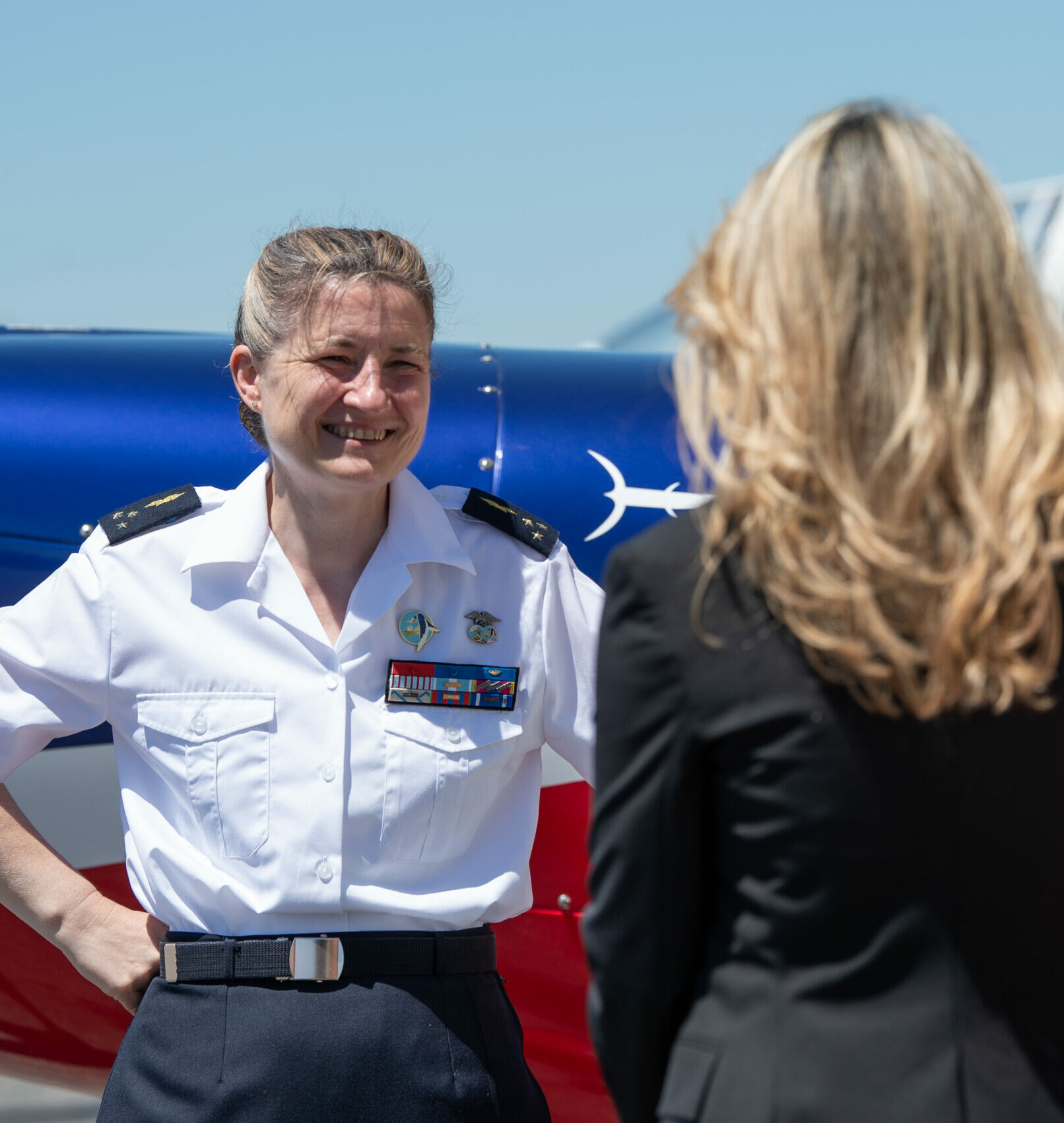
Aerospace and Defense Actors
Major General Dominique Arbiol on Preparing the Next Generation of French Air Force Officers: Building the Right Force for the Future Warfare
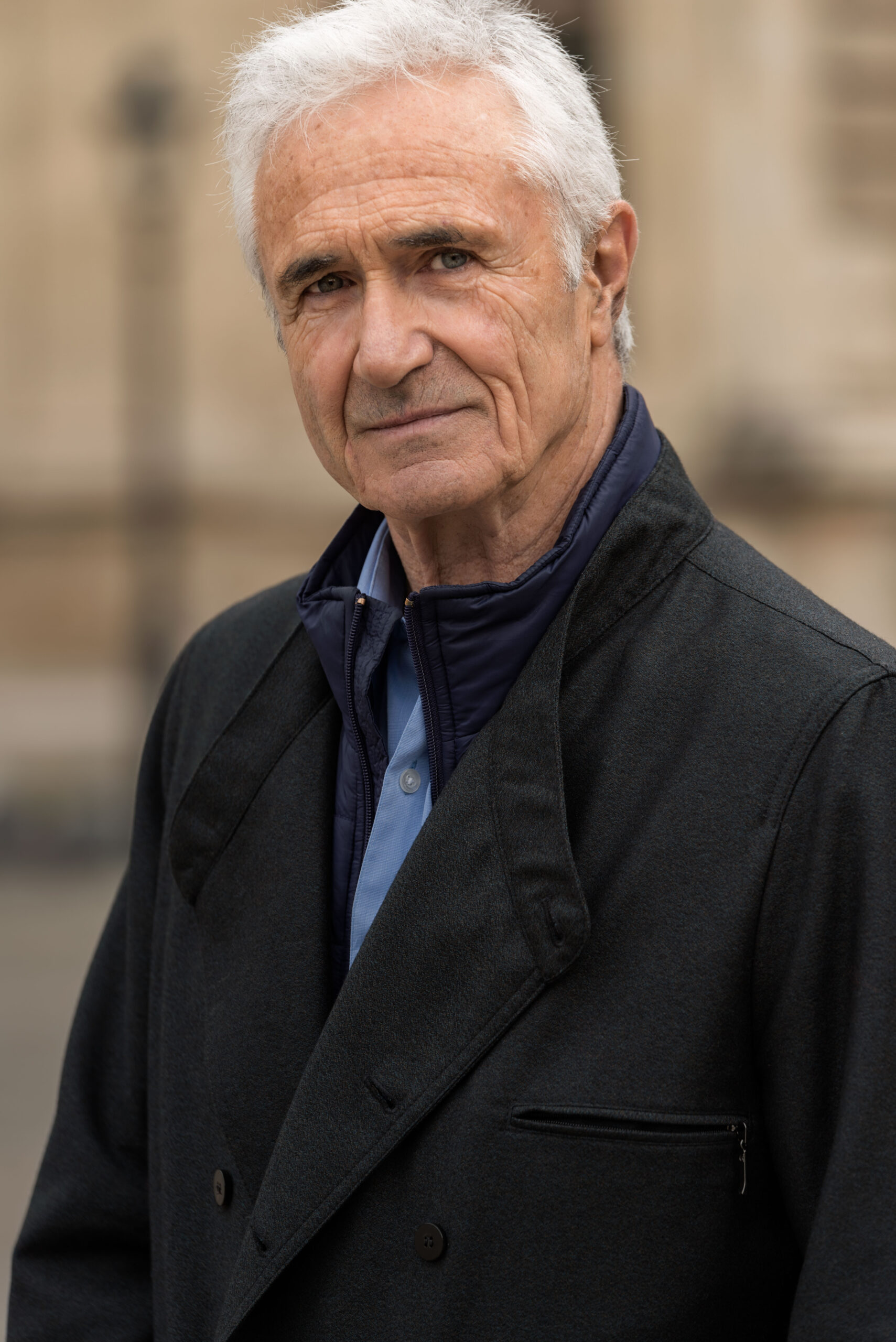
Aerospace and Defense Actors
Daniel Kunth and Tomorrow’s World: Ad Astra

Aerospace and Defense Actors
Philippe Pham: Airbus Defence & Space - The new paradigms of the race for the stars

